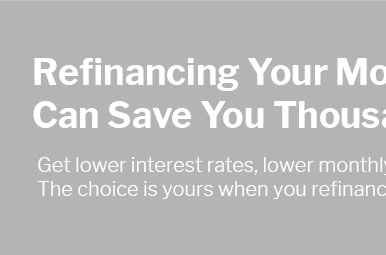 |
 |
 |
 |
 |
|---|
 |
 |
|
|---|---|---|
 |
 |
|
 |
 |
|
 |
 |
 |
 |
 |
 |
|
Unlock the potential of your financial future with our unbeatable refinance mortgage options, now featuring the incredible flexibility of current 40-year mortgage rates; imagine slashing your monthly payments while seizing the opportunity to invest in what truly matters to you, all with the confidence of a trusted partner by your side-this isn’t just refinancing, it’s redefining your path to prosperity with rates that are as extraordinary as your dreams.
https://www.needhambank.com/personal/residential-loans/40-year-mortgage/
420 payments of $4,866.07 at an interest rate of 6.750%. This is an estimated fully indexed rate this loan could adjust to after the initial 60 month period. https://www.truist.com/mortgage/current-mortgage-rates
40 years. $ %. Term. Interest rate. i. Must be between 0.000% and 50.000 ... https://www.macu.com/rates/home
First-time homebuyer & FHA ; 40-year first-time homebuyer with 15-year balloon - 6.750% ; 7/6 first-time homebuyer adjustable rate mortgage - 7.000% ; 30-year FHA.
|
|---|